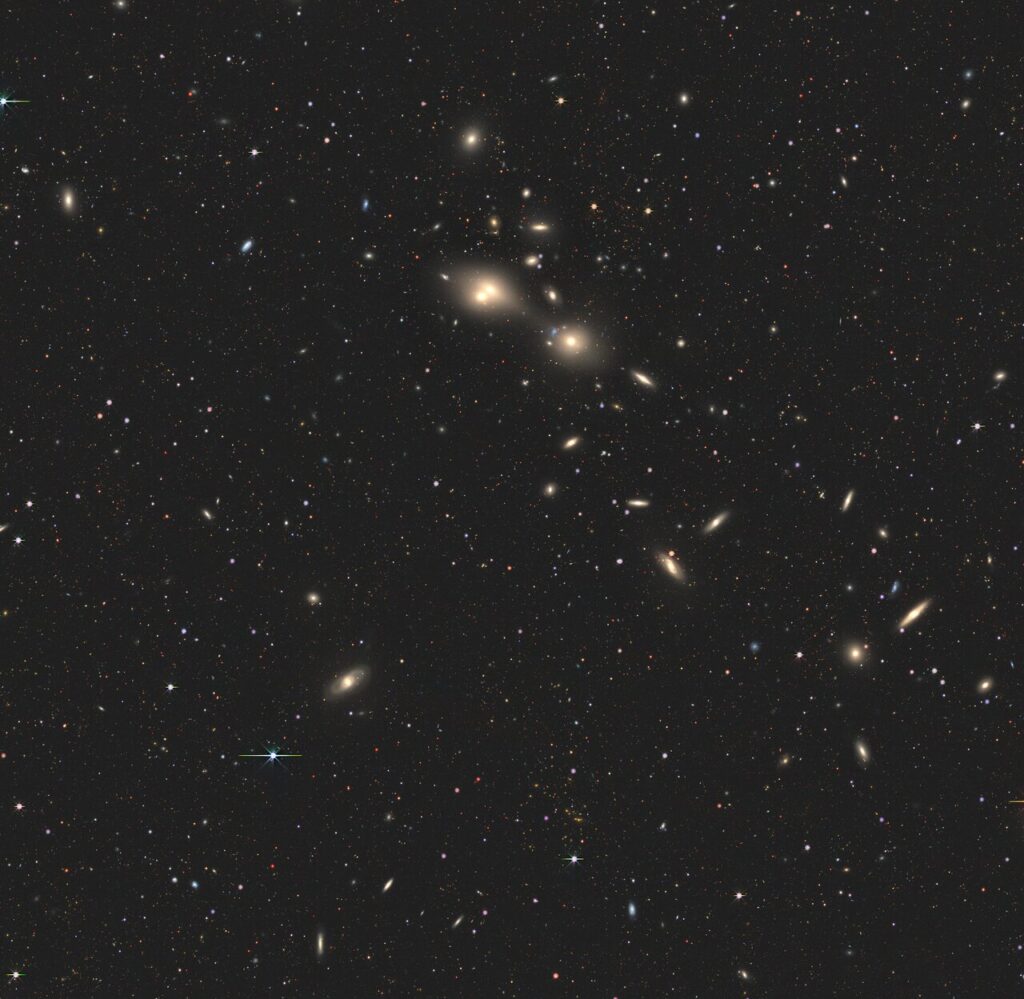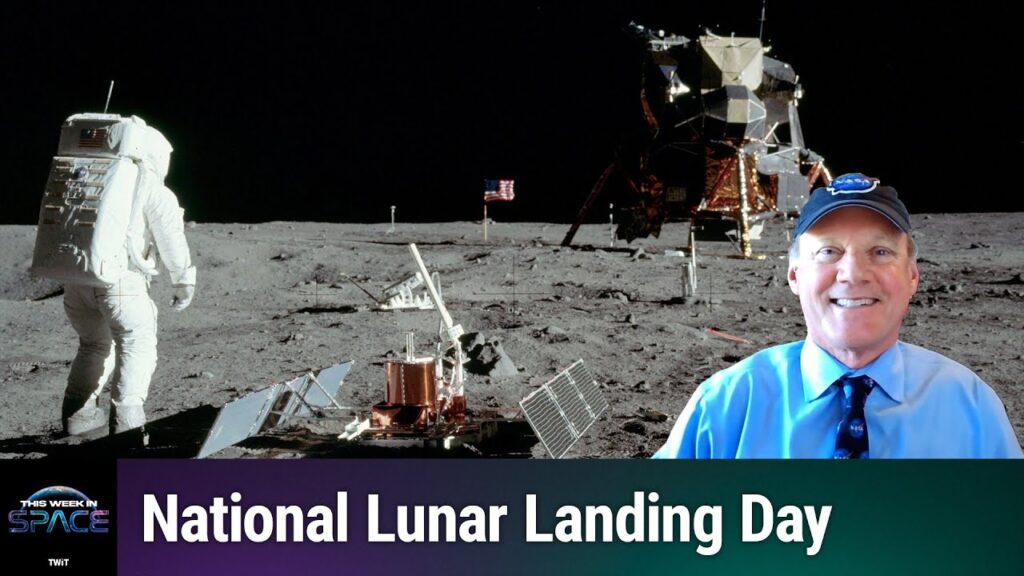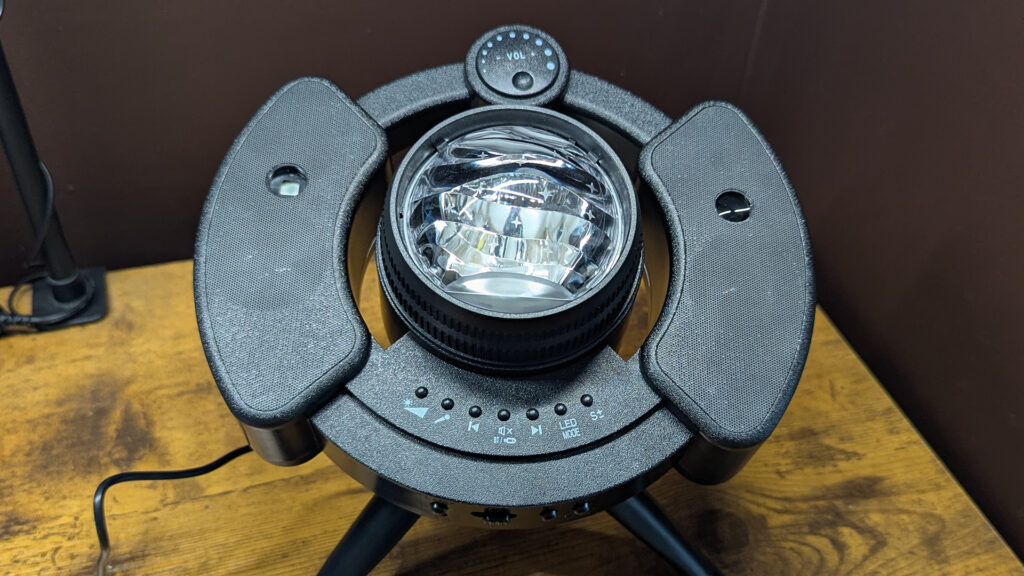A SpaceX Dragon capsule carrying four astronauts returned to Earth early Sunday (May 2) with an ocean splashdown off the Florida coast, successfully completing the company’s first full-fledged crewed mission to the International Space Station.
The astronauts of SpaceX’s Crew-1 mission for NASA splashed down safely in the Gulf of Mexico near Panama City at 2:56 a.m. EDT (0656 GMT), with a recovery ship swiftly retrieving their Crew Dragon capsule from the sea. The spacecraft landed on target, marking the first nighttime splashdown of a U.S. crewed flight in 53 years. The last was NASA’s Apollo 8 moon mission on Dec. 27, 1968.
“Dragon, on behalf of NASA and SpaceX teams, we welcome you back to planet Earth and thanks for flying SpaceX. For those of you enrolled in our frequent flier program, you’ve earned 68 million miles [109 million kilometers] on this voyage,” a SpaceX crew operations and resources engineer told the Crew-1 astronauts after splashdown.
“It is good to be back on planet Earth,” replied NASA astronaut Mike Hopkins, commander of the Crew-1 mission. “We’ll take those miles. Are they transferable?”
Live updates: SpaceX’s Crew-1 astronaut mission to the space station
The capsule left the space station on late Saturday (May 1) after bad weather at the mission’s main splashdown site twice delayed the crew’s return.
Crew-1 marked SpaceX’s second crewed flight to the space station and its first such flight to last for six months. The mission launched into orbit Nov. 15.
SpaceX’s first astronaut mission, Demo-2 in May 2020, was a two-month test flight that carried two astronauts to the station. Although SpaceX’s third crewed mission has launched already, today’s return marked only the second crewed splashdown for the program. That third flight, called Crew-2, won’t splash down until later this year.










This Crew-1 Dragon capsule, which astronauts nicknamed Resilience, carried Hopkins and his fellow NASA astronauts Victor Glover and Shannon Walker, as well as Japan Aerospace Exploration Agency (JAXA) astronaut Soichi Noguchi.
The capsule splashed into the Gulf of Mexico south of Panama City, Florida, where it was soon met by SpaceX recovery crews, who had to work under a cloak of darkness.
“The vehicle is certified to land during the day or night, so there’s not an issue with the vehicle itself,” Steve Stitch, NASA’s Commercial Crew program manager, said during live NASA commentary before splashdown. “And we’ve been practicing with the recovery crews to land in day or night.”
Related: SpaceX’s Crew-1 astronaut mission in photos

Stitch said SpaceX also recovered an uncrewed Dragon cargo ship from the ocean at night in January of this year. “The SpaceX crew recovered that vehicle at night, and the Crew and Cargo Dragons are pretty much identical,” he said. “So we’re well-prepared for this opportunity.”
The process went more smoothly than the Demo-2 crew recovery, in August 2020, when NASA astronauts Doug Hurley and Bob Behnken were met by a small flotilla of private boats. This time, SpaceX and the Coast Guard refined safety procedures to ensure no civilians came too close to the capsule, just in case it leaked fuel.
Crew-1 overlapped for about a week in orbit with its successor, the four-astronaut Crew-2 mission. That crew includes NASA astronauts Shane Kimbrough and Megan McArthur, JAXA astronaut Akihiko Hoshide and European Space Agency astronaut Thomas Pesquet. The quartet will remain in orbit until the fall, when the Crew-3 mission will head to space to take their place.
SpaceX is one of two commercial companies with NASA contracts to fly astronauts in space. The other company, Boeing, is developing its Starliner crew capsule for NASA missions. That vehicle is expected to fly on a second uncrewed test flight later this year but has not yet flown astronauts.
Meanwhile, SpaceX’s Crew-3 mission for NASA will launch in the fall. The company will also launch four civilians on a private Crew Dragon mission, called Inspiration4, funded by American billionaire Jared Isaacman. That mission is scheduled to launch Sept. 15 on the Crew Dragon Resilience, the same one used by the Crew-1 astronauts, but will not visit the International Space Station.
Email Meghan Bartels at mbartels@space.com or follow her on Twitter @meghanbartels. Follow us on Twitter @Spacedotcom and on Facebook.


